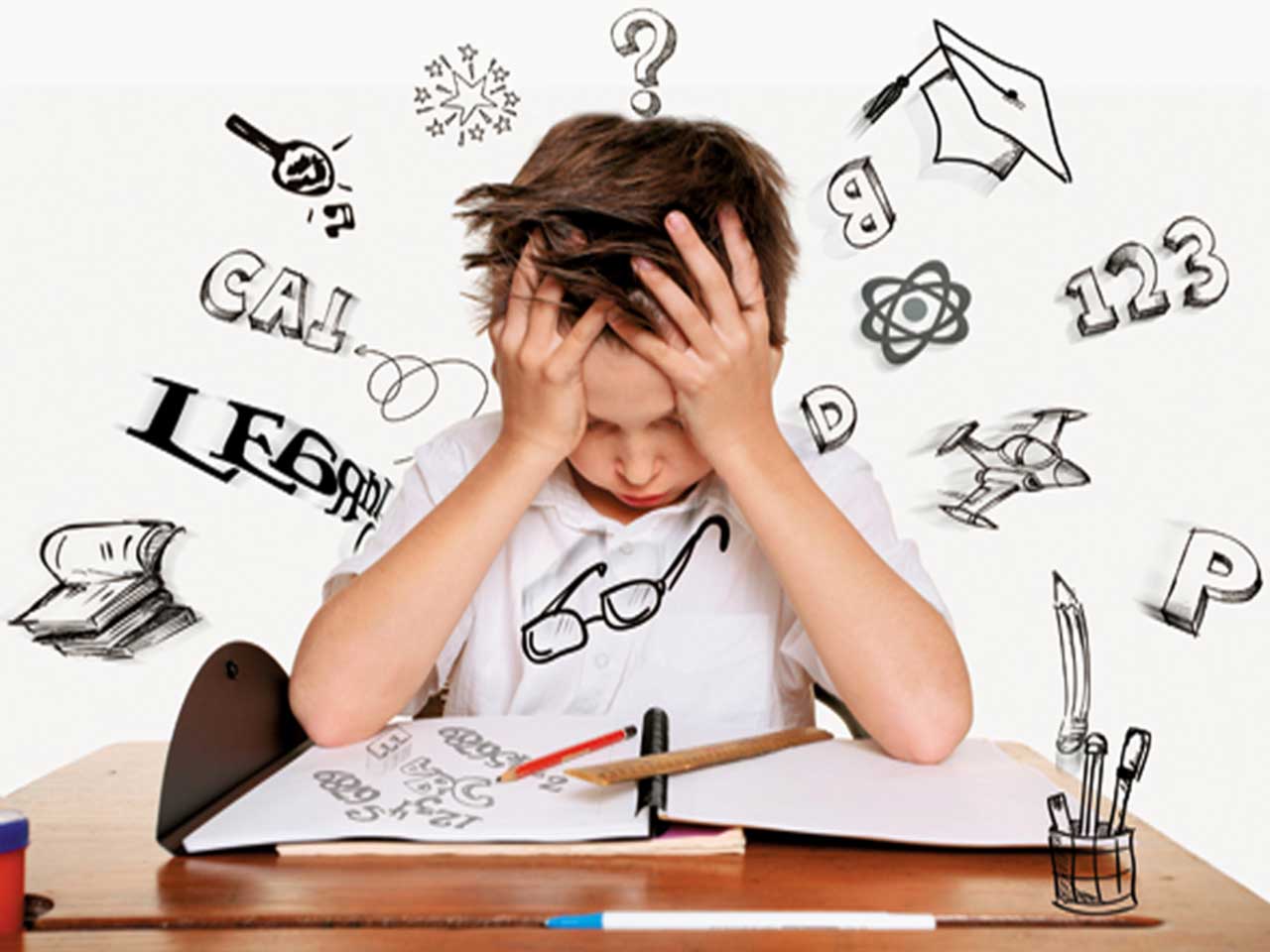Dyslexia is a learning disability that is neurological in origin. It affects a person’s ability to read, speak, and/or write. It is rooted in the difficulty of connecting letters with sounds, and assembling those letters and sounds in proper order as words. Dyslexia usually first appears in childhood, when students struggle in school and show signs of frustration or disengagement. Previously undiagnosed adults can also experience problems in reading and vocal comprehension. It is important to note that dyslexia is a medical condition and not a lack of intelligence or the result of character issues.
Signs and symptoms
Difficulty in reading
Incorrect pronunciation of names or words
Difficulty in summarizing a story
Have memory issues
Problems with spelling
Slow and labor-intensive writing
Avoiding activities that involve reading
Causes
Researchers don’t know the exact reason behind dyslexia, but they think a problem during development may affect the way the brain processes information. They also believe that genetics plays a part. Although a gene for dyslexia has not been found, dyslexia does tend to run in families. Dyslexia is not caused by a physical disability, such as vision or hearing problems. Many people with dyslexia have average or above-average intelligence. People with dyslexia find it difficult to receive, organize, remember any information.
Diagnosis
Dyslexia is a complex neurological disorder. The role of the physician in the care of children with dyslexia is significant. The physician may perform a physical examination and order screening tests, such as vision and hearing testing, to rule out any contributing gaps.
Treatment
Several techniques and strategies are used to help people with dyslexia. These include
Taping lectures rather than writing notes. Listening to books on tape rather than reading them. Using flashcards and using computer software to check spelling and grammar. Spending time with speech and language therapists, tutors, and special education teachers.
Dyslexia is prevalent in our society, though not well recognized or understood. It is a life-long condition, which affects both children in school and adults in social environments. With support, most children with dyslexia adjust to their learning disability. Adults with dyslexia do exist and often are not recognized since they appear to function well in society and tend to mask their disability. Families and physicians must be aware of resources that exist in their communities and on the Internet for adults with dyslexia and allow access to these resources to enable them to best compensate for their disability.

 Dyslexia is a disorder characterized by difficulty reading in individuals with otherwise unaffected intelligence
Dyslexia is a disorder characterized by difficulty reading in individuals with otherwise unaffected intelligence









.jpg)

.jpeg)







.jpeg)





.jpg)





